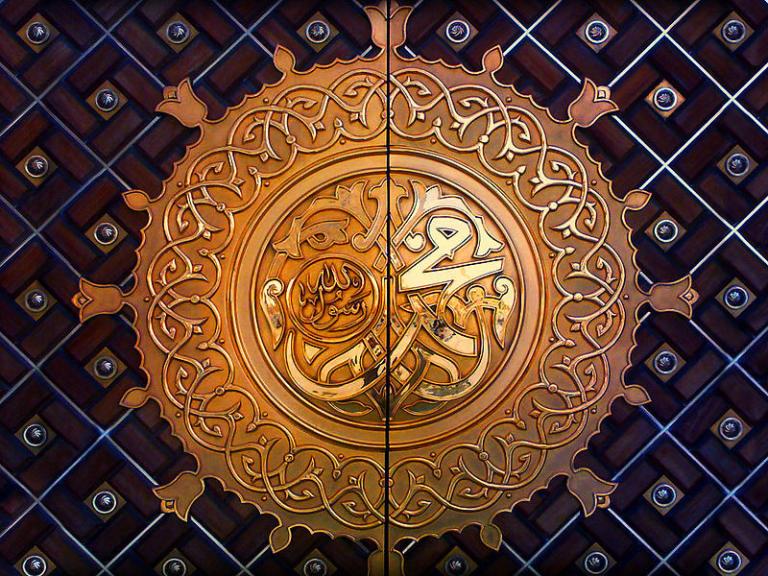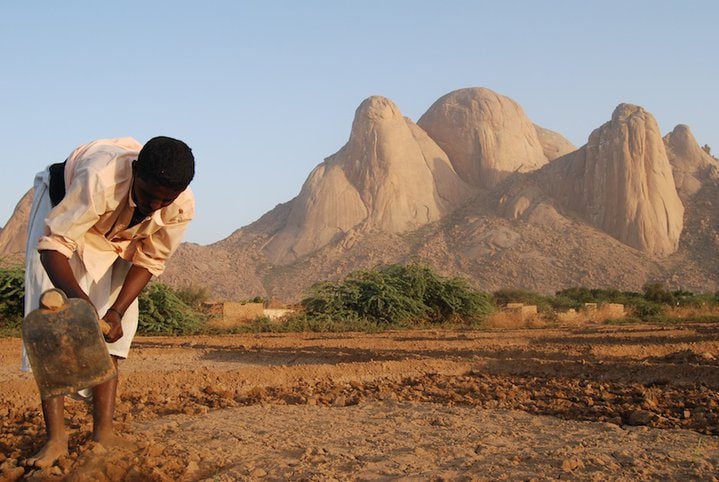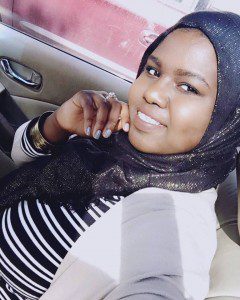 Earlier this year, a racist incident occurred my old high school. An Islamic, all-girls high school, where the majority of the students are of Arab, primarily Palestinian, origin. During a verbal altercation, the “n-word” was used against a girl of African descent and the girl who instigated the trouble was suspended. After her suspension, the school administration addressed racism within the school by hosting a panel discussion featuring women from diverse racial backgrounds and half a day session for the students to workshop ethical responses to racist and sexist scenarios. This response made me happy; the troublemaker was not only punished, but the administration turned the occasion into a a teaching moment. Soon after, a fabulady I’m proud to call a friend, started an anti-racism clothing campaign, We Are All ‘Abeed.
Earlier this year, a racist incident occurred my old high school. An Islamic, all-girls high school, where the majority of the students are of Arab, primarily Palestinian, origin. During a verbal altercation, the “n-word” was used against a girl of African descent and the girl who instigated the trouble was suspended. After her suspension, the school administration addressed racism within the school by hosting a panel discussion featuring women from diverse racial backgrounds and half a day session for the students to workshop ethical responses to racist and sexist scenarios. This response made me happy; the troublemaker was not only punished, but the administration turned the occasion into a a teaching moment. Soon after, a fabulady I’m proud to call a friend, started an anti-racism clothing campaign, We Are All ‘Abeed.
Back in the 90s, when I was a student at that school, girls got in trouble if they called each other sexist words, but it seemed that everyone turned a blind eye to racism. Some of the racism was hidden – girls had no problem drooling over Will Smith’s looks and charisma, yet would often add “but I would never marry someone like him.”

Most of the racism was out in the open, however, and nothing exemplified that as much as the frequent use of the Arabic word ‘abeed to describe people of African descent. If it was ever used in front of me, I always pushed back – ‘abeed means slave in Arabic, just like the name Abdullah means slave of God…how can you call someone a slave? I was hurt, offended and insulted – not only as a Muslim and a black African, but as a human being. The response to me was almost always “oh, we don’t mean you; we mean the Americans.” As if that was any better.
The ignorance was astonishing. Because I was the daughter of Arabic-speaking African immigrants, I escaped being called a slave (at least to my face). And even though we were all American citizens, somehow these girls segregated themselves from other Americans. It wasn’t merely a black-Arab thing, either. They also happened to know very little about Muslims of other backgrounds; I vividly remember my Indian friend – named Fatima after the daughter of the Prophet Muhammad (pbuh) – jokecomplain about some girls asking whether she “speaks Hindu.”

Fatima’s and my high school experiences betray racial ignorance more than they are examples of institutional racism. Yet, ignorance and prejudice are part of the challenge of internal and oft-times institutionalized racism within American Muslim communities. Across the country, boards of mosques and other Muslim institutions are segregated; Muslim communities are separate and unequal. African American religious scholars preach to African American congregants while their counterparts of immigrant backgrounds preach to their own communities. Few interracial marriages cross the indigenous-immigrant divide. Grassroots movements to address the Islamophobia cottage industry or to shore up relations with elected officials are plagued with internal racial cleavages.
Internal racism is the single most critical issue facing America’s Muslims. There are historical reasons for its existence and too many contemporary examples of the insidious nature of this problem. The communities are divided by ignorance, real and perceived grievances and the American legacy of institutional racism. And American Muslim communities are poorer for it – we are unable, or unwilling, to pool the human, political and fiscal resources necessary to build a sustainable, supportive and cohesive national community – even though studies have shown that ours is one of the wealthiest and highly educated in the country.
Internal racism isn’t something that magically “goes away” as immigrants’ children grow into second or third generation Americans, either. I’ve been in sessions with US-born and bred Muslim activists, of diverse ethnic and racial backgrounds, where the conversation stagnates when we try to figure out how to prioritize internal racism vis-a-vis other crisis points facing our communities, including Islamophobia, the protection of civil liberties, religious authority and education, and misogyny.
Tribalism in Islam is not new. As Dawud Walid points out in this profound khutbah, our beloved Prophet Muhammad (pbuh) forged unbreakable bonds of brotherhood between the Makkans and Medinans in the earliest days of Islam. Eradicating internal racism must become a priority of all American Muslims – leaders and laity, parents and children, educators and academics. We must learn to see ourselves in the stories of all our sisters and brothers. Otherwise, the second most segregated hour in the United States may well become on Friday at 1 PM.

In a series of upcoming hindtrospections, I will try to address the various challenges of internal racism in American Muslim communities from my own perspective. I’m the daughter of many narratives – black and immigrant, African and American (but not African American), Arab but not Middle Eastern, Western, and Muslim. I do aim to be provocative, but never offensive. I know that my voice will not be your voice, so I invite you to join the conversation.











